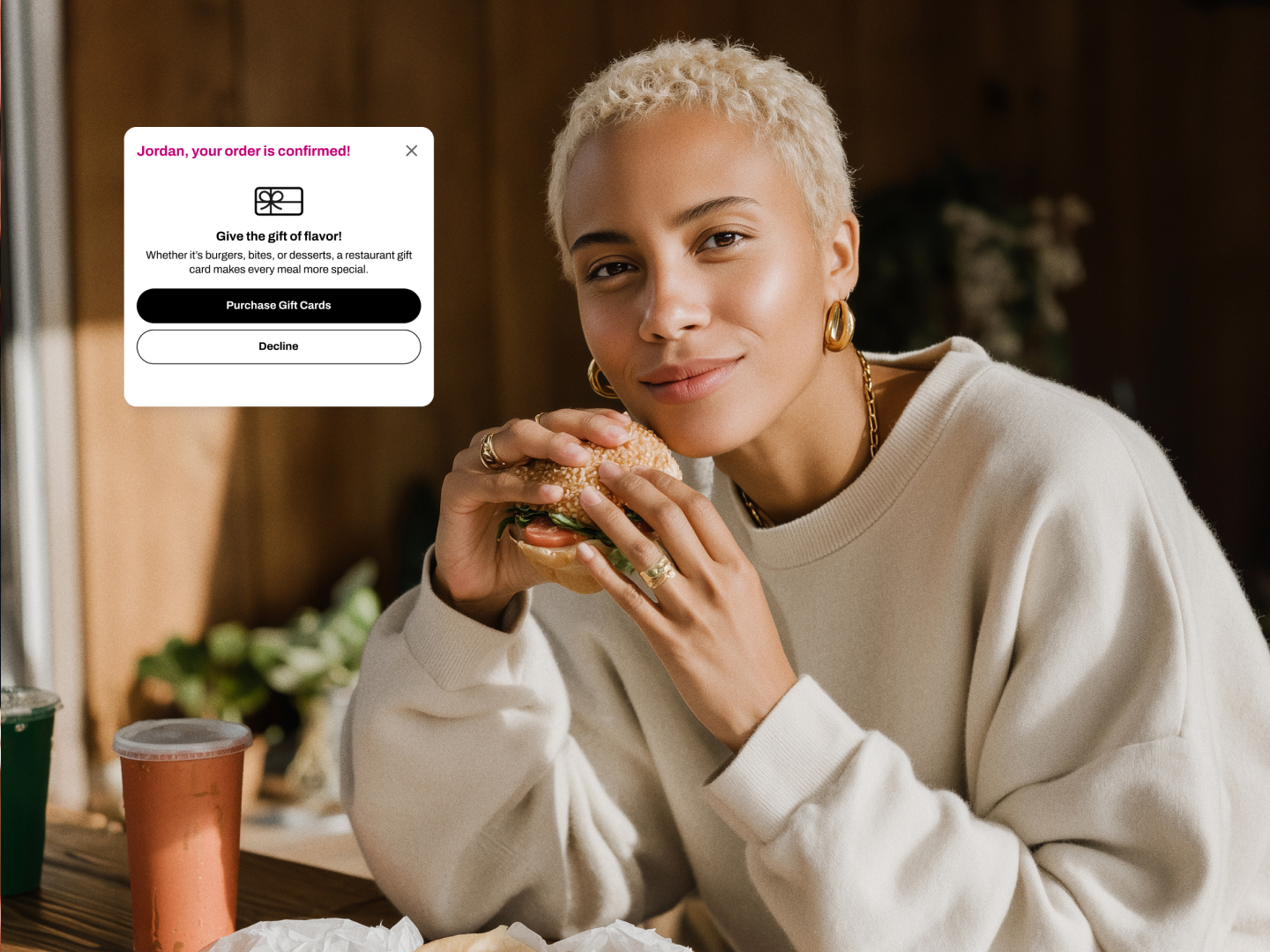Commerce media is one of the fastest-growing categories in digital marketing. It bridges the gap between traditional advertising and online shopping, enabling brands to engage with consumers in contextually relevant, commerce-driven environments.
Instead of interrupting the customer journey, commerce media leverages retailer-owned digital spaces, like checkout pages and order confirmation screens, to deliver personalized offers that add value for both the shopper and the brand.
For a deeper look at how commerce media is reshaping ecommerce, see Rokt’s perspective on retail media reinvention.
The Definition of Commerce Media
At its core, commerce media refers to:
- A monetization strategy for retailers: Using digital real estate (websites, apps, checkout flows) to generate advertising revenue.
- A targeted advertising channel for brands: Reaching consumers when they are most engaged—while shopping online.
- A data-rich environment: Powered by first-party retailer data to deliver highly personalized experiences.
Unlike display or social advertising, commerce media is contextual, relevant, and native to the shopping process. Learn more about post-purchase monetization in Rokt’s guide to the post-purchase process.
How Commerce Media Works
Commerce media combines retailer platforms with brand advertising demand. Here’s how:
- Retailers provide access to premium digital placements such as checkout pages, confirmation screens, or email receipts.
- Advertisers pay for access to these placements, targeting audiences at their highest moment of purchase intent.
- Shoppers receive personalized offers that feel timely and relevant, creating added value rather than disruption.
For examples of these opportunities in action, see Rokt’s post-purchase marketing examples.
Why Commerce Media Is Growing
The rise of commerce media is fueled by key trends:
- Declining effectiveness of third-party cookies → Retailers’ first-party data becomes more valuable.
- Rising customer acquisition costs → Brands need more efficient, intent-driven ad placements.
- New retailer revenue models → Retailers are monetizing digital real estate to offset shrinking margins.
Commerce Media vs. Traditional Retail Media
While commerce media and retail media are often used interchangeably, there are differences:
- Retail Media: Ads appear on retailer websites or apps (e.g., sponsored product listings, onsite banners).
- Commerce Media: Extends beyond retail sites, capturing post-transaction opportunities and other digital touchpoints owned by retailers.
The Role of Relevance & Personalization
Being relevant is central to commerce media. AI and machine learning ensure that offers are matched to the right customer at the right time, especially at checkout. Rokt details this approach in its overview of AI-powered personalization technology.
Commerce media represents the future of digital advertising and retail monetization. Activating first-party data, presenting relevant offers, and leveraging high-intent checkout moments creates a win-win-win for retailers, brands, and consumers.
To learn how commerce media is being applied by leading global companies, explore Rokt’s customer success stories.
Frequently Asked Questions About Commerce Media
Q1: How does commerce media work?
Commerce media connects retailer-owned digital real estate (e.g., checkout, confirmation pages, receipts) with brand demand to show relevant, contextually relevant offers at high-intent moments.
Q2: How is commerce media different from retail media?
Retail media focuses on ads within a retailer’s site/app (sponsored listings, onsite banners). Commerce media extends beyond onsite to post-transaction and other retailer-controlled touchpoints, emphasizing first-party data and checkout monetization.
Q3: Why is commerce media growing so quickly?
Third-party cookies are fading, acquisition costs are rising, and retailers seek new margins. First-party data plus high-intent placements make commerce media more efficient and measurable than many legacy channels.
Q4: What are the benefits for retailers and brands?
Retailers gain incremental revenue and better CX with relevant offers; brands reach ready-to-buy audiences with higher conversion and clearer attribution.
Q5: Is commerce media privacy-safe?
Yes, leading solutions use consented, first-party data and strict controls so offers are relevant without exposing sensitive information.









